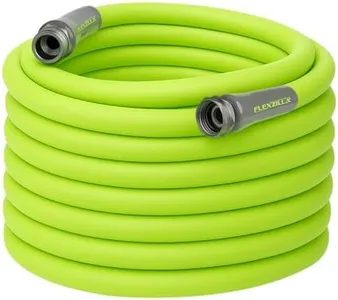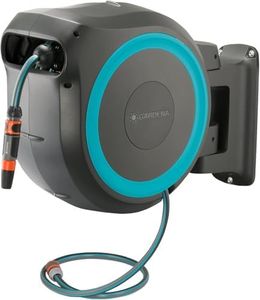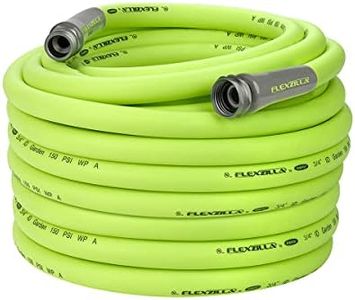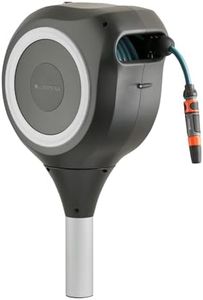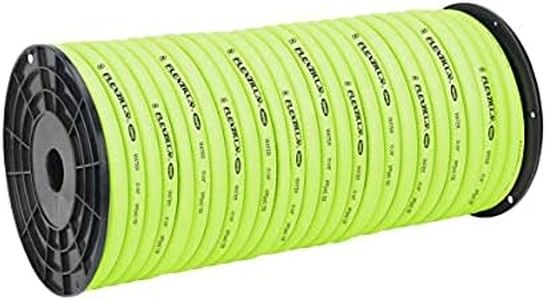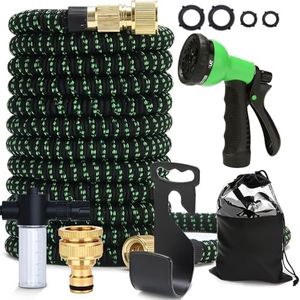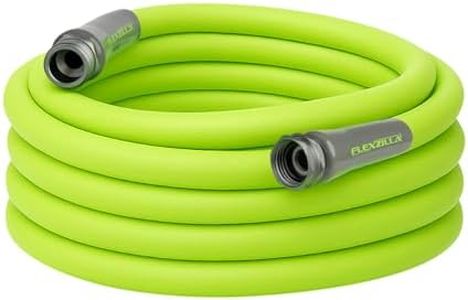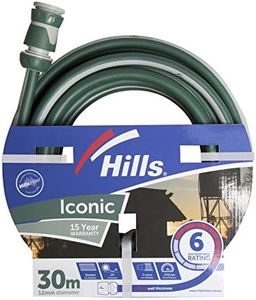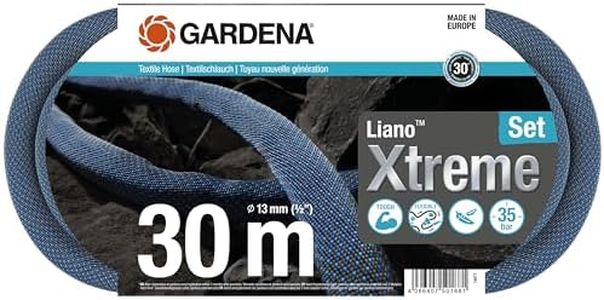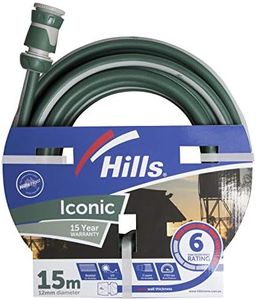We Use CookiesWe use cookies to enhance the security, performance,
functionality and for analytical and promotional activities. By continuing to browse this site you
are agreeing to our privacy policy
10 Best Garden Hoses
From leading brands and best sellers available on the web.Buying Guide for the Best Garden Hoses
Choosing the right garden hose is important for making your outdoor watering tasks easier and more efficient. Garden hoses come in various types with differences in length, material, diameter, and features. Your choice should depend on the size of your garden, the type of plants you need to water, and how you plan to use the hose, such as for washing a car or filling a pool. By understanding the key features, you can avoid frustrations like tangling, leaking, or dealing with a hose that's too short or heavy.LengthHose length refers to how long the hose is from end to end, measured in feet or meters. Choosing the right length is important because a hose that's too short won’t reach all your garden areas, while a hose that’s too long can be heavy and harder to coil or manage. Short hoses (under 25 feet) are ideal for patios or balconies, medium lengths (25-50 feet) suit small or medium-sized yards, and long hoses (50-100 feet or more) are best for large yards. Think about the farthest spot you need to reach and pick a length a bit longer, so you don’t have to stretch the hose, but avoid overly long hoses unless really needed.
DiameterHose diameter determines how much water can flow through at once. Common sizes are 1/2 inch, 5/8 inch, and 3/4 inch. Smaller diameters (such as 1/2 inch) are lighter and easier to handle, making them great for light watering or smaller gardens. The most common, 5/8 inch diameter, balances water flow and ease of use, suitable for most residential needs. Larger diameters (3/4 inch) allow more water to flow, which is useful for filling big containers quickly or heavy-duty watering, but they can be heavier. Match the diameter to both your water pressure and your watering needs for the best experience.
MaterialHoses can be made from materials such as vinyl, rubber, or reinforced blends, each affecting durability and flexibility. Vinyl hoses are lightweight and cheaper, but can kink or crack more easily and work best for short, light use. Rubber hoses are much tougher, resisting kinks and withstanding temperature changes, so they last longer but tend to be heavier. Reinforced or hybrid hoses blend materials to offer some flexibility, kink-resistance, and higher durability. Choose the material based on your climate, how often you’ll use the hose, and whether you need it to handle rough surfaces or high water pressure.
Flexibility and Kink ResistanceFlexibility describes how easily a hose bends without breaking, which is important for moving the hose around corners or coiling it up. A flexible hose is easier to maneuver but may be more prone to kinking, which stops water flow and can cause damage. Some hoses have special designs or materials to resist kinks and tangles. If you need to maneuver your hose a lot, look for one labeled 'kink-resistant' or try bending the hose before buying—stiffer hoses kink less, but are tougher to move around. Match the right balance to your gardening style and space.
WeightWeight depends on both material and size, and it affects how easy the hose is to carry, drag, or store. Heavier hoses tend to be more durable but can be tiring to use, especially for longer distances or older adults. Lightweight hoses are easier to handle but might wear out faster. If you plan to move the hose a lot or have limited storage, consider a lighter option, but balance it against how durable you need it to be for your watering activities.
Couplings/ConnectorsCouplings are the end fittings of hoses, typically made of plastic or metal. They determine how securely the hose connects to faucets and nozzles. Metal couplings, like brass, are stronger and less likely to leak or break than plastic ones, making them better for frequent use. Plastic couplings are lighter and can work for occasional use but may crack over time. Pay attention to the quality and shape of the connectors; ergonomic or 'crush-proof' types make connecting and disconnecting easier and prevent leaks.
Special FeaturesSome hoses offer features like 'expandable' design, which makes the hose shrink for storage and expand under water pressure. Others may be 'soaker' hoses (for slow, even watering along their length) or feature UV protection for sun-exposed areas. Consider any extra needs like portability, storage space, or specific watering styles (like drip irrigation). Special features can improve your experience, so think about what extras might save you effort or time when using your hose.

